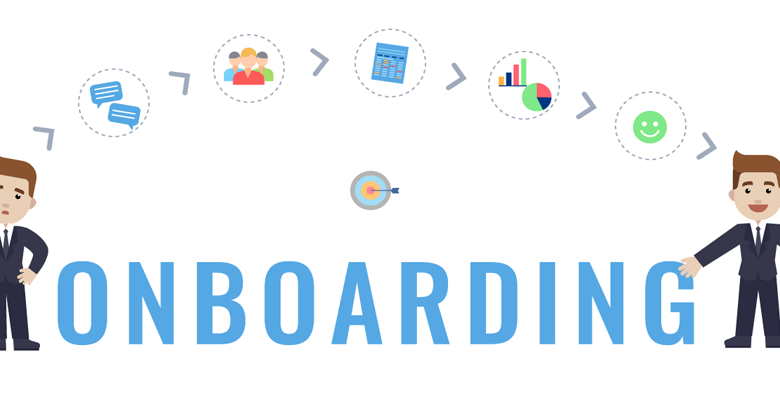Overlooked Elements In The Customer Onboarding Process

We have all heard the phrase ‘You never get a second chance to make a good first impression,’ and this saying couldn’t hold more valid when it comes to customer onboarding. Customer onboarding sets the groundwork for how the customers will feel about your products, services, and the company as a whole, going forward. Using professional customer onboarding services is recommended because they make the entire process ten times faster, seamless and effective for the customer.
Failure to onboard customers smoothly, efficiently, and quickly can bring down Net Promoter Scores, reduce the customer lifetime value, and depict a steep rise in the drop-out rates. Here are a few overlooked elements that can enhance the customer experience with the company if given due consideration.
Do not overlook
Expressing gratitude and a warm welcome: thank the customer for choosing you over the other alternatives. Celebrate the fact that the customer has come on board.
Getting to know your customer:
Kickoff the onboarding by understanding your customer’s challenges, pain points, and preferred solutions. Keep this interaction simple and set expectations right away. Discrepancies between expectations and deliverables in the future can leave a bitter taste. Leave a positive impression of the company in this call.
Documentation accessibility:
Documentation is the most mundane phase but empowers your customer to ease the process. Bring a customer onboarding service solution on board to enhance the customer experience journey by digitizing the entire procedure without any paperwork allowing 10x quicker service activation.
The Product Tour:
Every new platform should have setup assistance – this should be short and discretionary. Alternatively, you can take the customer through an interactive guided tutorial to showcase your product value at each step.
Delivering value from the first Login:
Show that you care and how great things will be now that your customer has come on board by some positive reinforcement when they log in for the first time. This message can be triggered automatically.
Intuitive playtime on the platform:
The customers need to explore the product and get the hang of it. Make the navigation pointers systematic and introduce feature praises of the product. Be sure to have an FAQ section or some sort of knowledge base for customers to figure their way around.
Checking in on the customer now and then:
showing how much you care and value the customer means the most to them. Reach out to understand their experience. See how the product is working for them and share best practices and updates from time to time.
Educating the customer and training them:
No customer claims to appreciate lengthy product tours that show them every little feature, even those they do not require. Make sure you customize the product training for each customer. Showing a banking client a live-tracking feature meant for logistics clients is redundant – a waste of time for you and the client. However, your customers need education right from the start – the quantitative benefits, how certain features will help ease their troubles, and how they will achieve the value of your product faster using specific tools. This education needs to start before the purchase, during the onboarding, and carry on throughout the customer lifecycle.
Product-related knowledge base:
There should be enough documentation or resources on the platform where customers can find solutions to problems independently. This will allow them to troubleshoot and at least try and figure things out without having to call customer care. This knowledge base should be easily accessible and understandable, providing the customer with a supportive, exhaustive, and collaborative onboarding experience.
- Create an FAQ section
- Keep kick-off documentation with insights for first-time users
- Try recording tutorial videos to acquaint customers with the product functionalities
- Structure diagrams & Infographics also enable seamless onboarding.
Identifying Risks and Managing them:
To prevent a relationship from turning sour, identify and manage risks. Risk management solutions proactively identifies, analyses, monitors, and addresses potential risks. Common risk scenarios include data security, poor communication, downtime, upgrade and scheduling delays, and unintentional work. One needs to be proactive when it comes to risk management.
The first step of customer onboarding is customer verification. You can enhance your customer satisfaction by partnering with a technologically innovative solution provider that enables real-time, omnichannel verification and improves the onboarding experience by eliminating paperwork. This makes the process less cumbersome and speedier and significantly brings down turnaround time. Such customer onboarding products are intended to cover the end-to-end lifecycle of customer journeys.
Read More About Zuhair Articles.




